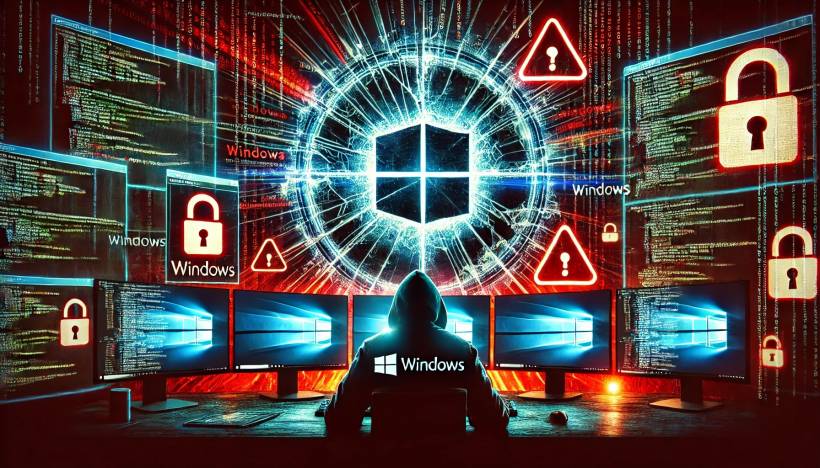Cybersecurity researchers have uncovered a serious vulnerability lurking in the Windows Common Log File System (CLFS). If exploited, this flaw could allow attackers to gain full SYSTEM-level control over your computer. Sounds scary, right? Well, it is. This zero-day vulnerability has been labeled CVE-2024-49138 and has even made it onto the Cybersecurity and Infrastructure Security Agency's (CISA) Known Exploited Vulnerabilities (KEV) list—meaning it's actively being used by hackers.
What's the Issue?
This flaw in Windows CLFS has a CVSS score of 7.8, making it a high-risk vulnerability. It allows attackers to escalate their privileges without needing any interaction from the user. Once they have local access, they can execute malicious code and take over your system completely. If that wasn't bad enough, the latest Windows 11 (23H2) version is one of the most affected systems, along with:
- Microsoft Windows 11
- Microsoft Windows (various versions)
- Microsoft Windows Server 2008
- Microsoft Windows Server
The vulnerability is caused by a heap-based buffer overflow, which essentially allows attackers to manipulate memory and execute their code within the system. They achieve this by crafting malicious CLFS log files, a method that's easy to carry out but incredibly dangerous if left unpatched.
How Attackers Exploit This Vulnerability
Researchers have already developed a proof-of-concept (PoC) exploit and successfully tested it on Windows 11 (23H2). Here's a simplified breakdown of how attackers can use this exploit:
- They create a log file using CreateLogFile() and AddLogContainer() functions to establish a .BLF file.
- They replace the legitimate .BLF file with a malicious version.
- They allocate memory and create a fake CClfsContainer object.
- This object points to a function in Windows (nt!PoFxProcessorNotification) that helps execute their malicious code.
- They leverage this process to modify system memory, gaining full access and control over the system.
- Finally, they overwrite security tokens to give themselves SYSTEM-level privileges, effectively granting them full control of the computer.
Once the exploit runs, it can spawn a command prompt with administrator privileges, allowing attackers to do whatever they want—whether that's stealing sensitive data, installing malware, or even making the machine part of a botnet.
What You Can Do to Stay Safe
Given that hackers are already exploiting this vulnerability, it's crucial for users and organizations to act fast. Here's what you should do right away:
✔ Check Your System Configurations – Ensure your system is set up according to Microsoft's security best practices.
✔ Monitor for Unusual Activity – Keep an eye on your system logs for anything suspicious, especially signs of privilege escalation.
Final Thoughts
This is yet another reminder of how crucial it is to keep your system updated and follow best cybersecurity practices. Attackers are always looking for new ways to gain control over systems, and vulnerabilities like CVE-2024-49138 make their job much easier. If you're running Windows 11 or Windows Server, don't wait—install the security patch today!
Stay vigilant and stay secure!





Comments